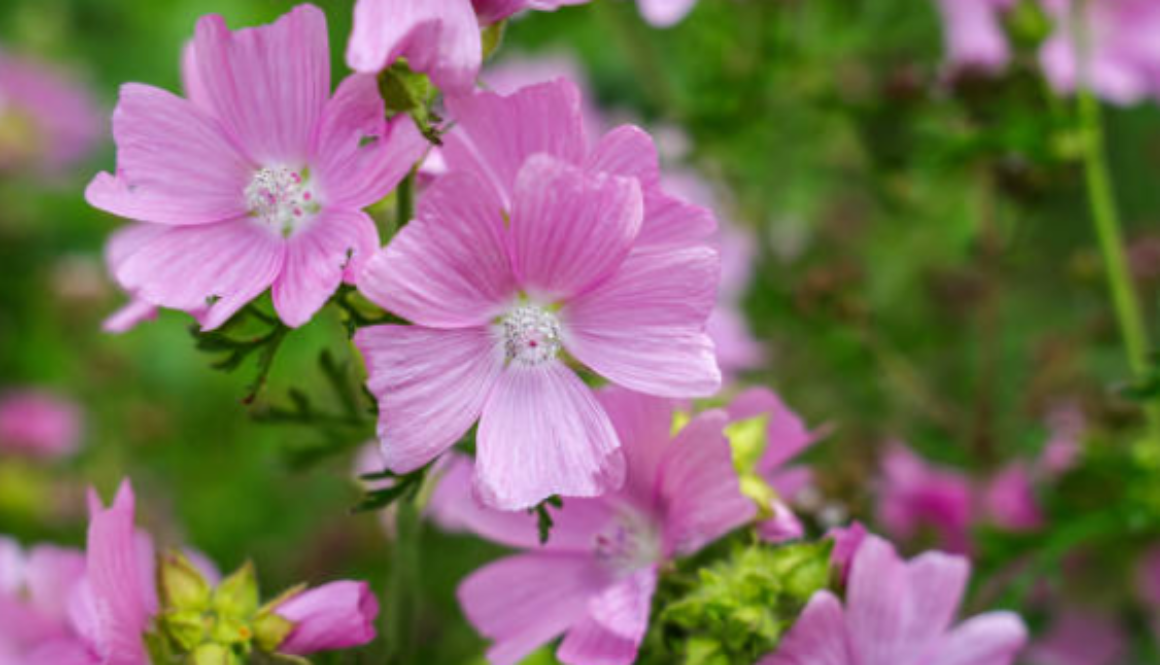Musk mallow
Musk Mallow, scientifically known as Malva moschata, is a delicate flowering herbaceous plant native to Europe and Asia. With its soft, pale pink flowers and subtle musky scent, Musk Mallow has been cherished for centuries for its ornamental beauty and medicinal properties.
Part Used: The leaves, flowers, and roots of Musk Mallow are all used for their therapeutic benefits. Rich in mucilage, flavonoids, and antioxidants, Musk Mallow is prized for its soothing and anti-inflammatory properties. The aerial parts of the plant are commonly used in herbal teas, tinctures, and poultices to alleviate coughs, sore throats, and skin irritations.
Usage: Musk Mallow is primarily used in herbal medicine for its calming and healing effects on the body. The herb is often brewed into a tea to soothe respiratory conditions such as bronchitis and asthma, as well as gastrointestinal issues like indigestion and ulcers. Externally, Musk Mallow poultices or compresses are applied to wounds, burns, and insect bites to reduce inflammation and promote healing. Additionally, Musk Mallow flowers can be infused into oil for use in skincare products to moisturize and soothe sensitive or irritated skin.
Agrotechniques: Cultivating Musk Mallow is relatively simple, as the plant is adaptable to various soil types and growing conditions. It prefers full sun to partial shade and well-drained soil with moderate moisture. Musk Mallow can be propagated from seeds or division of established plants, with planting typically done in early spring or late summer. Regular watering and occasional fertilization promote healthy growth and abundant flowering. Pruning may be necessary to maintain plant shape and prevent overcrowding. Musk Mallow self-seeds readily, making it a low-maintenance addition to wildflower gardens, herb gardens, and natural landscapes.

